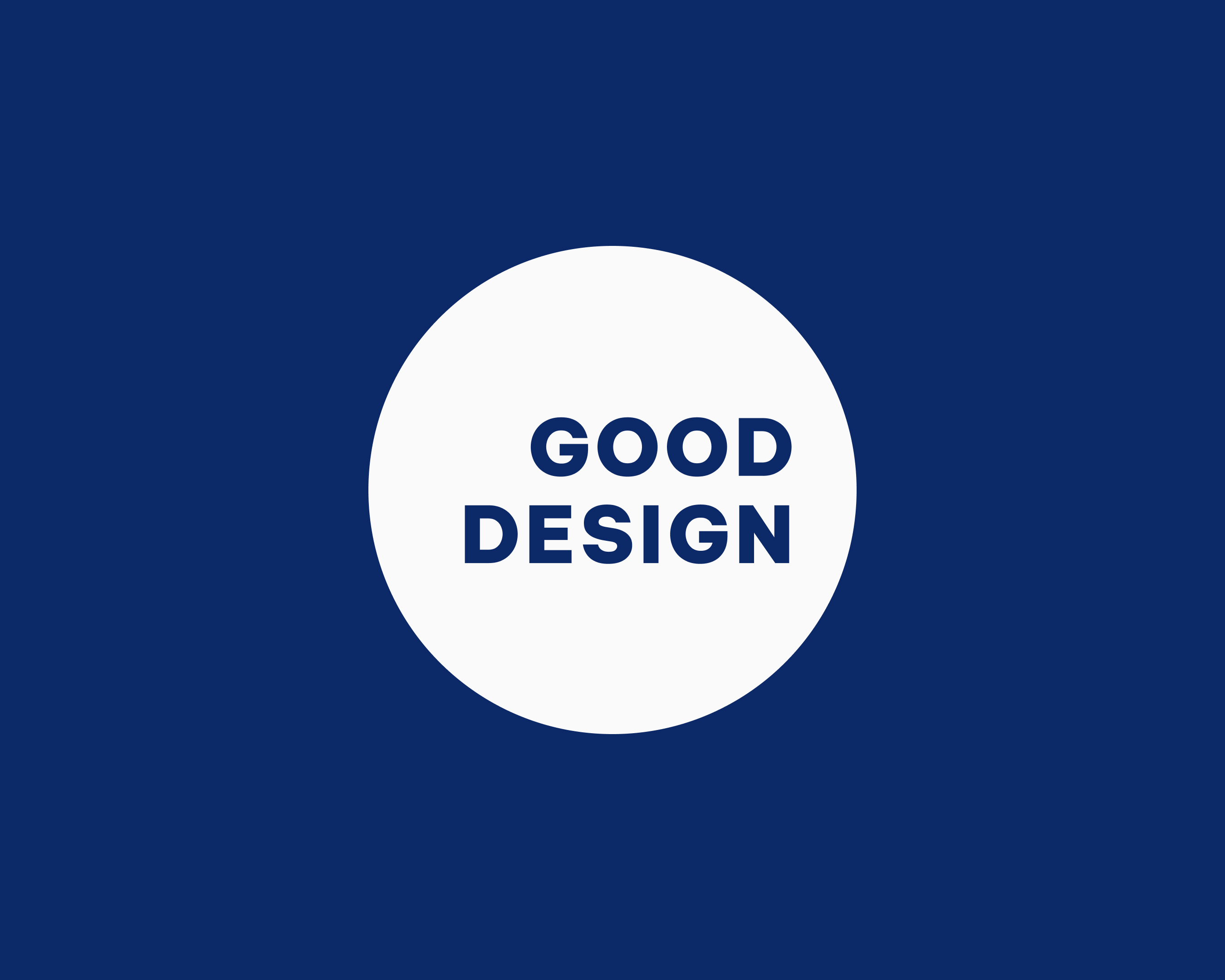
AI’s rise is cheapening the creation process—brands need to differentiate themselves.

As AI-generated content becomes ubiquitous, products that reveal the time, care, and judgment behind their creation will offer a powerful point of emotional and commercial differentiation.
With today’s AI tools, it’s possible to generate a complete brand experience in just a few hours—a name, a logo, a campaign, even a polished website. These systems visualize concepts with startling speed, compressing what once took weeks into an afternoon. And while most outputs remain virtual, we’re already glimpsing a future where AI begins shaping not just ideas, but production. As the barriers to creation continue to fall, and design becomes both instant and infinite, a new kind of value is emerging: the kind that takes time.
At Whipsaw, we’ve embraced AI for what it enables—faster workflows, more iterations, and rapid ideation. However, as the process becomes more efficient, we find that clients and consumers are increasingly drawn to something more challenging to replicate: the human element. Evidence of judgment. Taste. Craft. Intention. In a world of instant outputs, human hours are the new luxury.
Part of AI’s early allure came from its black-box novelty—the delight of watching something surprisingly good appear out of nowhere. But novelty wears thin. What once felt magical now feels ubiquitous. Consumers are learning to recognize when content lacks context, authorship, or accountability.
As AI-generated content becomes more common, people are beginning to look for signs of authorship and intent. Tools like Adobe’s Content Authenticity Initiative reflect a growing demand for transparency in the creative process.
At Whipsaw, we hear a version of this question every week: When AI can generate high-fidelity mockups in minutes, how do you prove the value of design that takes time? And increasingly, the answer is clear. You show your work.
Throughout history, cultures have prized what visibly took time to make. A hand-thrown ceramic bowl. An embroidered sash. A gold-leafed manuscript. The visible labor wasn’t just aesthetic—it was a testament to mastery and care.
In the late 19th century, the Arts and Crafts movement emerged as a response to the soulless standardization of industrial manufacturing. In Japan, the philosophy of monozukuri—continuous, respectful craftsmanship—remains a foundational design ethic. These weren’t just artistic ideals. They were economic signals. They showed that something, or someone, mattered in the making.
Today, we’re seeing a modern revival of that ethos.

Revealing the process behind a product isn’t just an old ethos. It’s a contemporary design strategy—and a powerful form of differentiation.
Mercedes-AMG’s “One Man, One Engine” program allows performance vehicle buyers to trace their engine to a single technician, whose name is engraved on a metal plate under the hood. It’s not just a car. It’s someone’s work. And the value of that signature is reflected in the price.
Across industries, one thing is becoming increasingly clear: Products that demonstrate their creation process—and the humans involved in it—are commanding greater emotional and financial value.
Showing your work means embedding human decision-making directly into the product experience—making authorship a feature, not a footnote.
In physical products, this might manifest as exposed welds or tool marks that reveal the manufacturing process, or QR codes that direct users to company build videos or sourcing maps. Luxury brands have long recognized the value of visible labor: Each Hermès Birkin bag is handcrafted by a single artisan, whose discreet signature marks authorship. That human connection helps justify a price point far above mass-produced alternatives—because the object tells a story of time, mastery, and care.
Digital products can do the same. Consider apps that annotate decisions, such as Headspace, which surfaces the humans behind its meditation protocols, or Are.na, which credits individual contributors to collaborative boards. Even subtle UI elements, like “curated by” tags or changelogs authored by designers, remind users that a person—not an algorithm—shaped their experience.
Brands can also spotlight their storytelling processes through behind-the-scenes content, documented iterations, or showing rejected directions that reveal how choices were made. The goal isn’t to overwhelm, but to create touchpoints where human judgment is visible—and meaningful.

As AI makes it easier to generate, replicate, and scale design, the rarest resource left is evidence of intent. Brands will increasingly compete not just on form or function, but on visible human investment—the time, care, and discernment embedded in the work.
Before AI, much of that effort lived behind the curtain. The magic was in the reveal—what was shown, not how it was made. But now that anyone can shortcut to a polished result, the real value lies in everything that can’t be automated. Process. Judgment. Intent.
For consumers in a world of automation, that kind of clarity signals trust. It says: this wasn’t just made. It was considered.
The brands and products that make human involvement visible won’t just stand out in an AI-saturated market—they’ll forge deeper, more lasting connections with users who crave authenticity.
That’s not just good strategy. It’s good design.